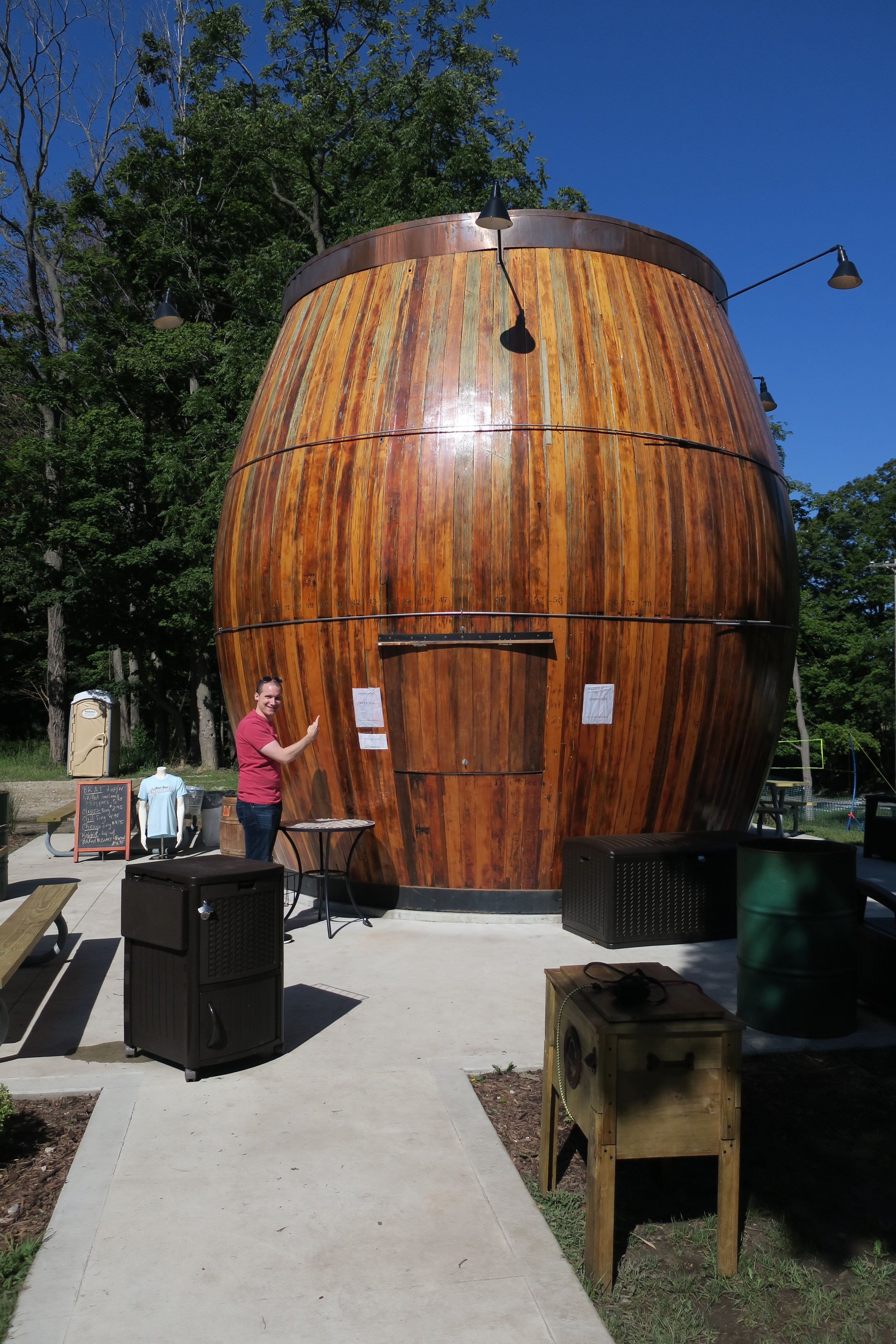New essays (rolling updates)
***UPDATE: this is going to be a book! Rose Metal Press will publish it sometime next year-ish. Full announcement here.***
I have some new essays to share, and I’m pretty excited about them.
Late in 2018, after a deeply unproductive period of writing— maybe 8 months in which I’d written 10 pages of a novel draft and 1 short story— I finally listened to the advice I’m always giving to students: I tried to break out of my rut by imposing constraints on my writing. Specifically, I started a project at the beginning of the year that was bound by the following rules:
Write 1 essay for every year you’ve been alive
They must be strictly limited to 1500 words, preferably in the range of 900-1200
They should always broaden out to something bigger than just a single incident
Write one each day, for 37 days, in chronological order
I broke the last rule almost immediately, because I wrote two on the first day, and on the 2nd day, I jumped ahead to 2014, but that doesn’t matter because of course all the rules are arbitrary. They were just there to give me some structure.
I had more fun working on this project than anything I’d written in a long time. It was my first serious effort at longform nonfiction in a while, and it felt good to work those muscles again. It also was nice to be excited to get back in front of the computer again every morning, knowing I had a specific goal in mind. In all, I wrote and revised (and revised and revised) about 46,000 words in 5 months, and then I spent the next couple months submitting these essays all over the place. 8 have been accepted so far, with 22 more out there on submission and the remainder still to be sent out. If I’m extremely lucky over the next year, I’ll end up with a memoir in flash essays scattered across the literary landscape.
As they appear in the world, I’ll add them to the list below (in chronological order, not in order of publication, for ease of searching).
2001 (The Laurel Review) (in print, now available online)
2008 (Gigantic Sequins issue 11, print only)
2016 (Cherry Tree Issue 7, print only)
